Complacency is the enemy of innovation. Remember Blackberry? Blockbuster? Kodak? It’s so easy to maintain the status quo and just let things run on their own. Evolving your business model, while tough, is fundamental to staying competitive.
The saying “If it ain’t broke, don’t fix it” is outdated. A better mindset is “If it ain’t broke, break it, because if you don’t, someone else will.”
Many owners of title or AMC businesses come from other disciplines (e.g. law or accounting). Their training or education, while typically helpful, does not necessarily prepare them to run a business such as title or an AMC.
“We’ve always done it this way”
-Soon-to-be-obsolete-business-owner
There is a right and a wrong way to do almost everything. I think most businesses operate in between (sort of right but sort of wrong). I like to think that everyone is a genius at something, but no one is a genius at everything. Just because you are trained in law or accounting or some other discipline, does not mean you know how to run a business. They don’t teach you that in professional school (unless you go to business school -and even then, the ‘learning’ may not be practical). There isn’t an educational program out there that teaches one how to operate a title company or AMC.
It’s not as if many kids, when asked what they want to be when they grow up would say, “I want to run a title company” or “I want to tell appraisers where to go and what to do”!
We fall into things. I know this firsthand.
My education (Law and Investment Banking) provided technical know-how, but did not teach me what I need to know in running a rapidly growing and successful Investment Bank. How do I manage people? Who can you trust? Do I market the business or attract by just doing our job very well and letting word spread naturally? These are real-world challenges.
So much to learn.
When I came across EOS (Entrepreneurial Operating System) I was very skeptical. Long ago I heard the saying, ‘Those who can, do. And those who can’t, teach.’ It stuck with me. I suppose one of the things that happens with gaining real life experience is that we revisit some of the things we thought were correct and realize they are actually…wrong. Thinking ill of those who teach only leads to closed mindedness and that is not how I see myself.
Being a lifelong learner means keeping an open mind. Being willing to change. Evolving.
We went through the EOS process and am SO grateful for the experience. Since knowledge is always meant to be shared, I thought I’d outline a few basics. I’m far from an expert EOS trainer (although I can recommend the amazing one we used) -but the following are some essential take aways:
Leadership Team: Does your team have Strategists or just Executors? Strategists can define the ‘how’ and ‘who’ while Executors need direction. You need both. Once you’ve identified who is a Strategist and who is an Executor, it’s worth paying attention to the following:
- Is there an alignment of vision amongst all your leaders?
- Do the team members have a clear idea of where the business is going and how their role will contribute to that future?
- Can the management team communicate in a healthy way with true strategic leaders at each key part of the business?
Key Metrics: Do you know the key metrics that need to be on track each week to hit your annual goals? Does every person in the organization have at least one number that they keep on track? Do they know how to influence that number and is there accountability around reporting the number?
If you’re only tracking lagging indicators like revenue and profit, by the time you report them, it’s too late to move them. You need the right leading indicators at every level of your company to ensure upward momentum. These could be labor efficiency (i.e. files per FTE) or turnaround time per task but the specific ones for your company are discovered as you go through the EOS process. The end result can have a significant impact on accountability and growth.
Prioritization: Focus on strategic initiatives that improve efficiency, profitability, or growth. You should have the ability to execute without wasting time and resources, while ensuring only focused activities are prioritized.
Implementing a well-conceived system like EOS is not just a strategic choice; it’s a transformative approach that fuels scalability and profitability while actively guarding against the pitfalls of complacency. Evolving. By establishing a solid framework, you not only enhance the value of your business for potential mergers and acquisitions but also unlock its full potential in everyday operations. Embracing such a system empowers you to drive growth, streamline processes, and foster a culture of continuous improvement. Investing in a robust operational model ensures that you’re not just running a business but building a thriving enterprise poised for long term success.
Potential investors or acquirers love a business that has a framework like this. Enterprise Value is often maximized where you can easily articulate the vision, along with your plan of execution while demonstrating that you have a healthy high-functioning leadership team.
If you’re missing any of these key attributes, a system like EOS can help you break through. I’m happy to make introductions or send more information if you feel this could help.
-Howard Turk
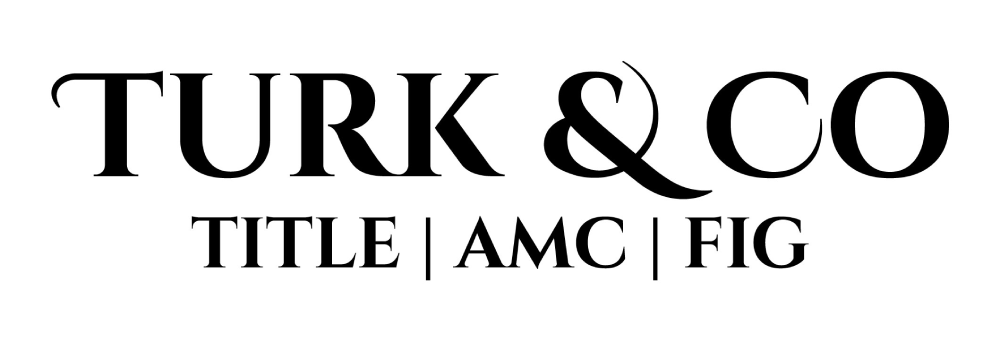





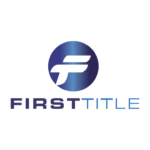
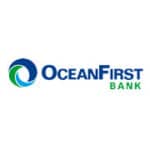


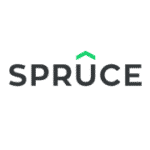

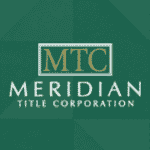

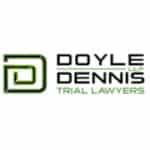
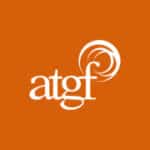


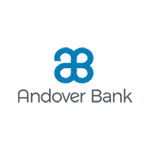
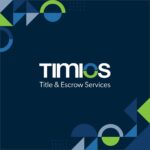
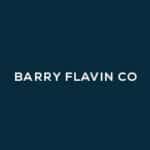

 For More information
For More information